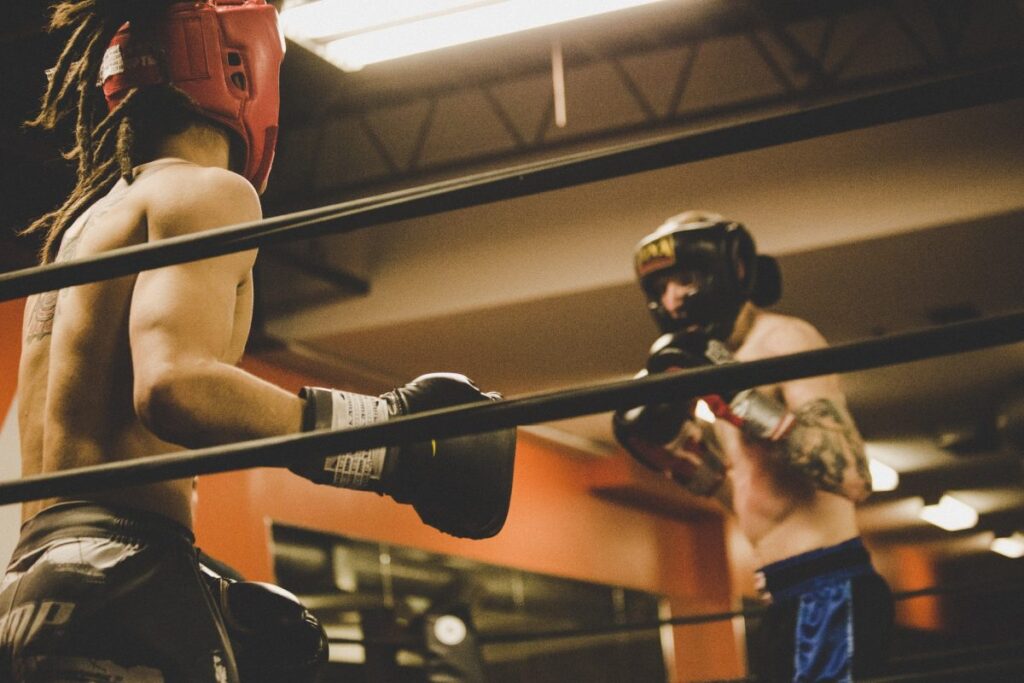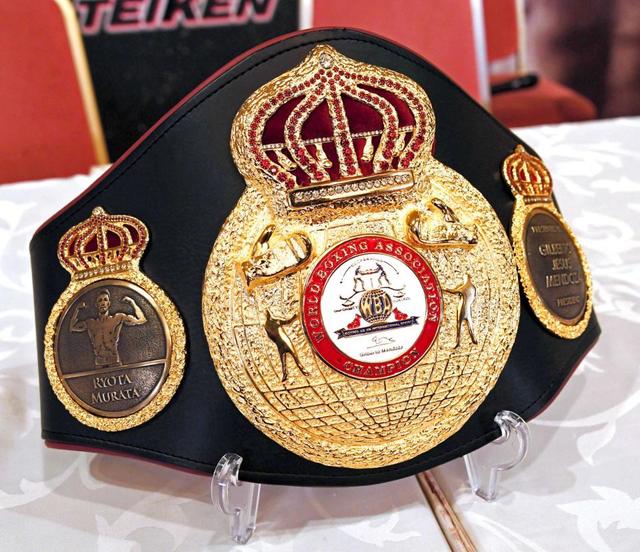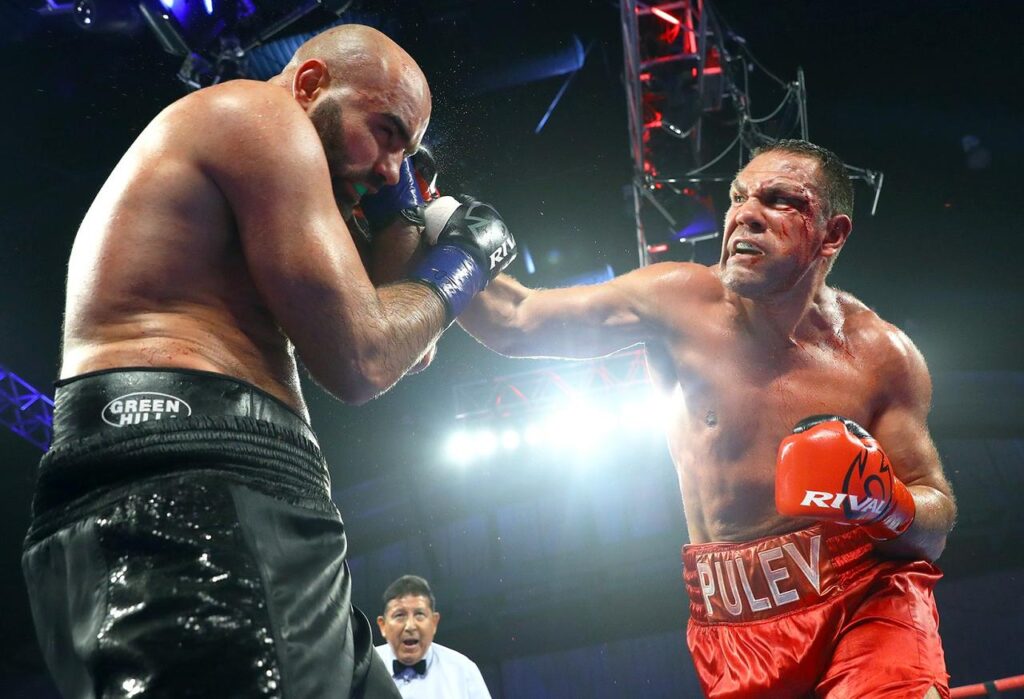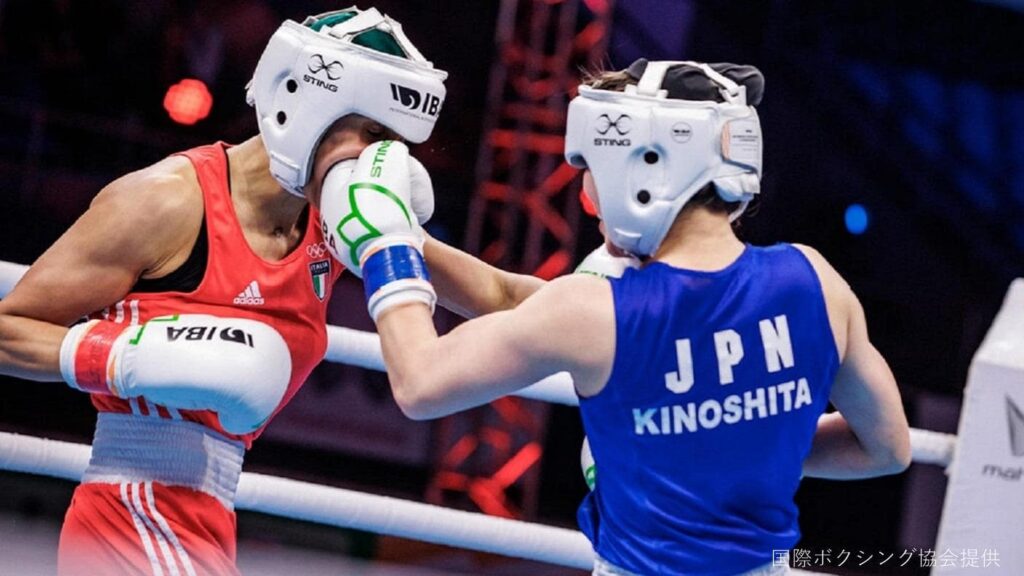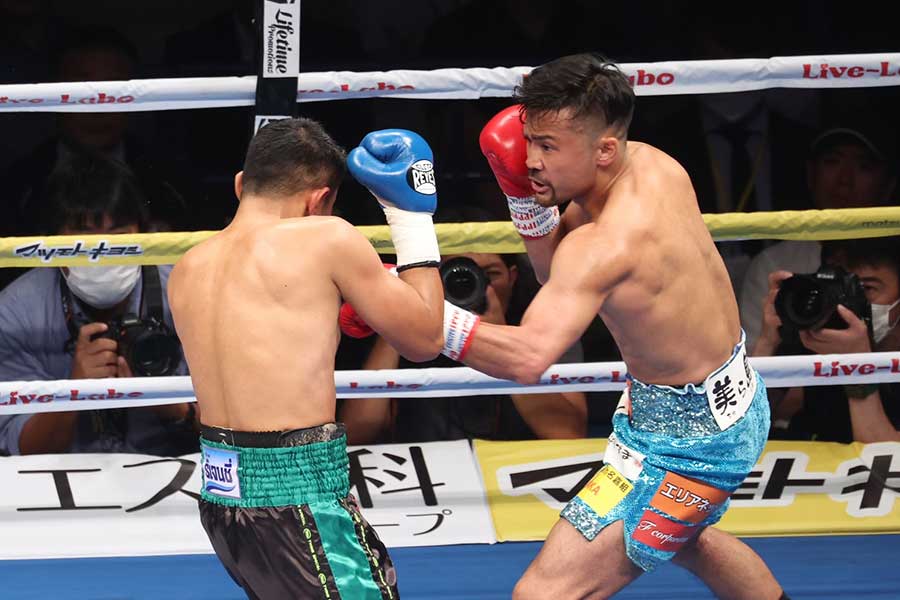
Featherweight boxing is a stage where fighters with both skill and speed compete, and its appeal continues to attract fans from all over the world.
This class requires particularly athletic ability and strategic thinking, and is known for its intense combat.
This article details the history of featherweight boxing, modern champions, and future trends.
The fights of featherweight boxers are not just shows of strength, but artistic performances that require a high degree of skill and precision of timing.
Through this article, we aim to provide our readers with a deeper understanding of featherweight boxing and help them understand its complex and sophisticated world.
目次
- 1 Basic knowledge of featherweight boxing
- 2 Featherweight history and important developments
- 3 Modern featherweight champions and their accomplishments
- 4 Featherweight boxing training and tactics
- 5 Famous featherweight matches and tactical analysis
- 6 The future and trends of featherweight boxing
- 7 Resources to learn featherweight boxing
Basic knowledge of featherweight boxing
Featherweight boxing continues to attract many fans due to its unique definition and characteristics.
This weight class occupies a very important position in the world of boxing, and is highly regarded for its skill and speed all over the world.
In this section, we’ll take a closer look at the specific definition of featherweight and why this division is so important and popular.
Featherweight definition and characteristics
Featherweight is defined by a boxer weighing no more than 126 pounds.
This weight limit demands high speed and agility from the fighters, which creates a unique fighting style for the featherweight division.
Featherweights typically have long reach, quick footwork, and quick exchanges of punches.
This makes the matches very dynamic and engaging for the audience.
Why is the featherweight division important and popular?
The importance of the featherweight division in boxing lies in its historical background and technical match development.
The division is known for its technical sophistication and tactical versatility, and has produced many legendary boxers.
Featherweight bouts are highly regarded as they often require both technical boxing skills and physical endurance .
Featherweight fighters also have a wide range of fans, as they provide overwhelming entertainment with their speed and power.
Featherweight boxing represents the charm of the sport with its unique characteristics and tactics, and is loved all over the world for its skill and the beauty of its fights.
The combination of these factors has made featherweight one of the hottest categories in boxing and will continue to attract a lot of attention.
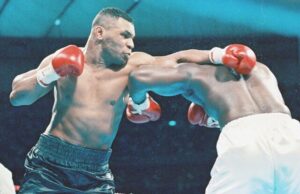
Featherweight history and important developments
Featherweight boxing is a category with a long history, producing many great champions and memorable matches.
This section explores the origins of the featherweight division, its evolution, and historic matches and champions.
Origin and development of the featherweight division
Featherweight was established as an official boxing category at the end of the 19th century.
At that time, weight categories began to be introduced to provide a more level playing field for athletes.
The featherweight division limited fighters to 126 pounds, which greatly contributed to the development of a style that emphasized technique and speed.
In the 20th century, featherweight became popular around the world, with many countries holding their own competitions and title matches.
Historic Featherweight Match and Champion
The history of featherweight boxing is filled with legendary matches and champions.
For example, Willie Pep , who was active in the 1950s , was known for his amazing defensive skills and intellect in the ring, and had a fighting style that kept his opponents from touching him, earning him the nickname “ghost.”
Also, in the 1970s, Alexis Arguello made a name for himself in the featherweight division, captivating many fans with his powerful punches and aggressive fighting style.
These fighters introduced innovative techniques and strategies in featherweight boxing that greatly influenced subsequent generations.
Their matches remain a source of learning for many boxing enthusiasts today, contributing to the evolution of featherweight fighting and training methods.
A look back at the history of featherweight boxing and its important evolutions reveals how this division has influenced the world of boxing.
Also, by knowing these historical backgrounds, you will be able to better understand the significance and depth of the fights between featherweight boxers.

Modern featherweight champions and their accomplishments
In featherweight boxing, modern champions are noted for their skill and strategy.
Their accomplishments and careers have left a significant mark on the featherweight world.
Below, we take a look at some of the current featherweight champions and influential fighters.
Introducing the current featherweight champion
The featherweight division has several notable active champions.
For example, Rey Vargas is known as the WBC World Featherweight Champion, having previously enjoyed success at super bantamweight before switching to featherweight and winning the title.
He is known for his technical style and strategy, and has been through many defensive battles ( Hirochofu Goes!! ) .
Brandon Figueroa is also known as the interim WBC featherweight champion and has found success at featherweight after moving from super bantamweight.
His fighting style is aggressive and he is known for launching overwhelming attacks on his opponents.
Careers of influential featherweight fighters
Luis Alberto Lopez is the IBF world featherweight champion and is attracting attention for his strong punching power and tactics.
He has defeated Josh Warrington in the past and has had success since then. Lopez is a breath of fresh air in featherweight strategy and technique.
These modern-day featherweight champions have elevated the level of featherweight boxing to the next level with their outstanding technique and strategy, and are influencing the next generation of boxers.
Their fights show the world the appeal of the featherweight division, and there are many matches that boxing fans can’t miss.

Featherweight boxing training and tactics
Featherweight boxing requires unique physical strength and technique.
In this section, we will delve into training programs, tactical approaches, and fight preparation for featherweights.
Featherweight training program
A featherweight boxer’s training program focuses on maximizing his physical abilities.
With an emphasis on speed and agility, the following types of training are common:
- Speed Drills : Ladder drills and shuttle runs can be incorporated to improve foot speed and agility of movement.
- Build Power and Endurance : Training combines weightlifting, squats, and long distance running to develop endurance and explosive power for competition.
- Technical Skills : Practice with punching bags and speed bags to hone accurate and quick punching techniques.
These trainings lay the foundation for featherweight fighters to perform well in the ring.
Tactical approach and match preparation
The tactical approach of a featherweight requires the flexibility to read your opponent’s strategy and respond accordingly. Match preparation includes the following elements:
- Video analysis : Analyze your opponent’s past matches to understand their specific moves and habits. This allows you to create a tactical plan and reflect it during practice.
- Sparring : Apply and modify tactics through sparring in a combat-like environment. This will hone your real-time reaction skills and tactical judgment.
- Psychological preparation : Develop the psychological strength to withstand the pressure of competition through sessions with a mental coach.
These training and tactical preparations are essential for featherweight boxers to be confident in their matches.
This allows athletes to enter the ring in the best possible condition both technically and mentally, preparing them for the best possible results.

Famous featherweight matches and tactical analysis
Featherweight boxing has produced many famous matches that shine with skill and tactics.
This section features some of the most memorable featherweight bouts and their tactical analysis.
A memorable featherweight match
In the featherweight division, Japanese athletes are also competing in matches that attract attention at the world level.
For example, Tsutsumi Shunto is expected to take advantage of his speed and skill in the featherweight division and win the Oriental Pacific Championship in a short period of time.
The success of these up-and-coming fighters symbolizes the competitiveness and strategic diversity of the featherweight division ( SPAIA ) .
In addition, in the past, Japanese boxers who have conquered multiple weight classes, such as Shozo Saijo and Takahiro Ao , have fought famous matches in the featherweight division, and their techniques and strategies have been highly praised.
Tactical analysis and points of the match
Featherweight matches require speed and precision, so tactics must adapt to this as well.
For example, common strategies include using fast footwork and accurate jabs to toy with the opponent, and applying sustained pressure to break down the opponent’s defense.
They also have high defensive skills, and many players use counter punches as an important tactic.
These tactical analyzes are extremely useful in understanding how players can exploit their opponent’s weaknesses and take advantage of the match.
In featherweight matches, these technical factors often determine the outcome, and the way you develop your tactics is extremely important.
Featherweight boxing remains beloved by many boxing fans for its technical depth and tactical complexity.
The players’ detailed strategies and brilliant techniques make this category of matches always full of excitement.
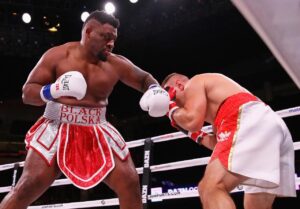
The future and trends of featherweight boxing
Featherweight boxing is expected to continue to evolve, influenced by technological innovation and new trends.
In this section, we delve into how emerging technology is impacting featherweight boxing and what the future holds.
Emerging technologies and their impact
Recent technological advances have revolutionized the training methods and match strategies of featherweight boxing.
In particular, the use of data analytics and biomechanics is increasing, making it possible to dissect player performance and tactics.
For example, wearable devices are being used to measure athletes’ heart rate, muscle usage, and fatigue levels in real time to optimize training and improve efficiency.
Additionally, a training system using VR (virtual reality) has been introduced to try to improve reaction speed and decision-making ability in an environment that mimics an actual match.
Future predictions for the featherweight division
The future of featherweight boxing is predicted to be even more competitive due to these technological innovations.
With the rise of young players, the overall technical level is expected to improve, and international competition is expected to intensify.
Additionally, the increase in the number of female boxers will expand the number of featherweight competitors, increasing the diversity and appeal of the sport.
In the long term, it is expected that he will continue to play an active role in international competitions such as the Olympics, contributing to the spread and popularity of featherweight boxing.
Featherweight boxing will continue to evolve in exciting ways with innovative technology and new strategies.
As technology advances, the performance of athletes will also improve, and we can expect a future where the sport will become even more appealing to fans.

Resources to learn featherweight boxing
There are many resources around the world to learn featherweight boxing.
These resources allow both beginners and experienced players to hone their skills and learn tactics.
This section details the most recommended training facilities and schools, as well as the educational content available online.
Recommended training facilities and schools
There are many boxing gyms around the world that offer specialized training, especially for featherweight fighters.
For example, “The Boxing Club” in California, USA , offers a program for featherweight athletes, which includes specific technical and tactical training for actual competition.
Elorde Boxing Gym in Manila, Philippines is also known for producing many professional boxers, and you can receive high-level sparring sessions and technical guidance there.
Educational content available online
Online platforms allow you to receive training instructions from anywhere.
Websites like FightCamp and Precision Striking , in particular , offer training videos and tutorials for featherweight fighters.
On these sites, you can learn a wide range of techniques, from basic to advanced techniques, such as how to throw a punch, footwork, and how to defend, and you can practice at home while watching videos.
By taking advantage of these training facilities and online resources, you can effectively improve your featherweight boxing skills.
By combining both on-site instruction and online education, it is possible to further enhance the learning effect.
